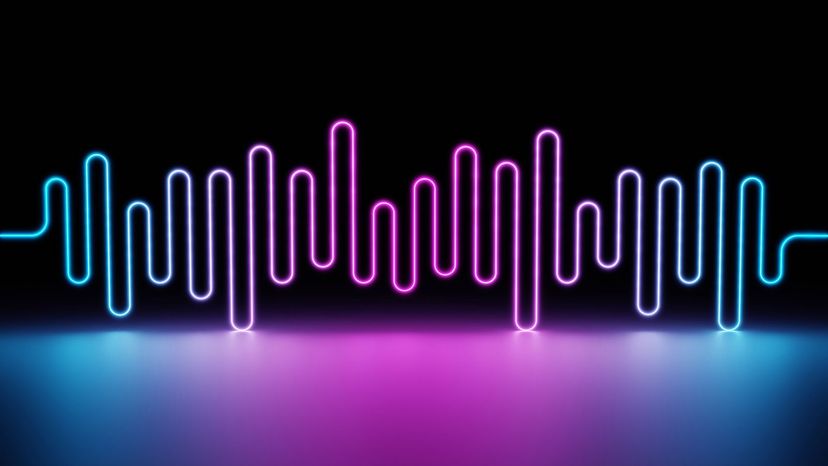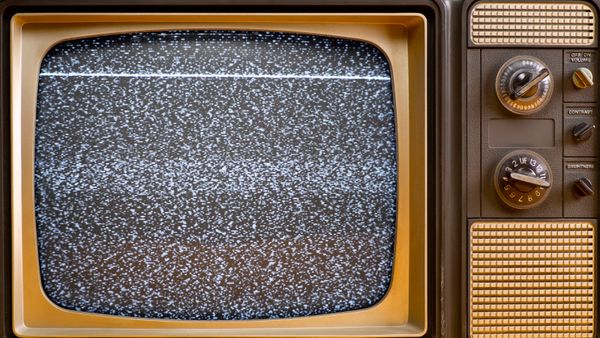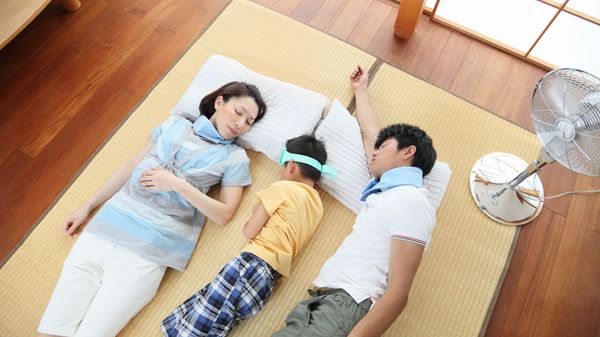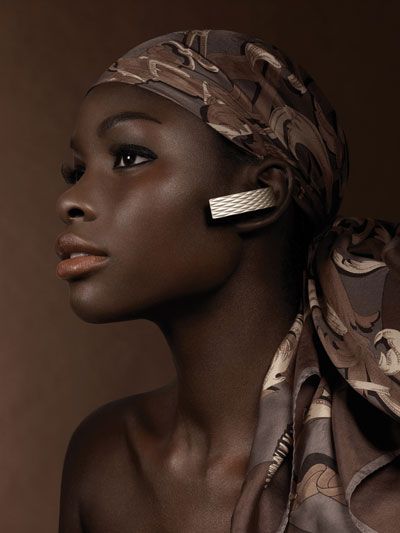Brown noise (also sometimes called red noise) is the deeper cousin of white noise, with a sound profile that emphasizes lower frequencies while minimizing higher frequencies. Natural brown noise sounds like roaring river rapids, heavy rainfall and distant rumbling thunder, which many find pleasing to the human ear.
This type of noise is named not only for a color, but also for Scottish scientist Robert Brown.
In the 1800s, Brown observed pollen particles moving randomly in water and devised a mathematical formula to predict these movements. When this randomizing formula is used to generate electronic sound, a bass-heavy noise profile results.
White noise, on the other hand, covers all the frequencies, from low-frequency bass notes to high-frequency chimes. It effectively masks sound inconsistencies, helping you drift into a peaceful slumber.
Natural occurrences like sprinkling rain or a gentle breeze rustling through trees can be considered forms of white noise.
Pink Noise: A Gentle Alternative
Your choices aren't limited to brown and white noise, however. There's also pink noise, which might be the answer to quality sleep. A study at Northwestern University linked pink noise to deeper sleep and enhanced word recall in older adults.
Pink noise is akin to white noise but leans more towards bass and mid-range tones, resembling sounds like moderate rainfall or ocean waves. Those who prefer lower-pitched sounds might find pink noise more pleasing to the ear.



